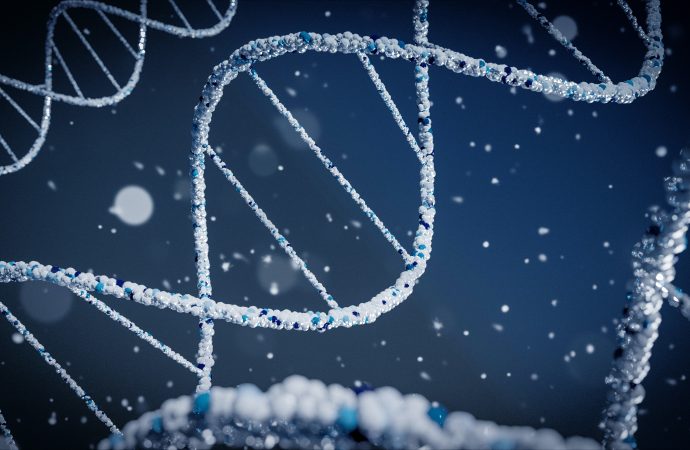In recent years, advances in DNA sequencing technology have made it possible to obtain genetic information from sources that were previously thought to be impossible, such as a person’s breath or skin cells left behind on an object. While this may seem like a boon for forensic science and medical research, privacy experts are sounding
In recent years, advances in DNA sequencing technology have made it possible to obtain genetic information from sources that were previously thought to be impossible, such as a person’s breath or skin cells left behind on an object. While this may seem like a boon for forensic science and medical research, privacy experts are sounding the alarm about the potential implications of this new capability.
One example of this is a recent study published in the journal eLife, in which researchers were able to extract DNA from the air in a hospital ward and identify several patients based on their genetic profiles. The study’s authors argue that this technique could be used to monitor the spread of infectious diseases, but some experts worry about the privacy implications of being able to obtain genetic information without a person’s consent.
Another example is a startup called Identitas, which claims to be able to extract a person’s DNA from the air in a room and create a “genetic portrait” of them. The company says that this technology could be used for everything from improving the accuracy of forensic investigations to identifying diseases before symptoms appear. However, privacy experts worry that this kind of technology could be abused by governments or corporations looking to surveil individuals without their knowledge or consent.
One of the main concerns is that the genetic information obtained through these techniques could be used to identify individuals and track their movements or activities without their knowledge or consent. Additionally, there are concerns about the accuracy and reliability of these techniques, as well as the potential for them to be used for discriminatory purposes.
Some experts are calling for increased regulation of this kind of technology, including laws that would require companies to obtain a person’s consent before collecting their genetic information. Others are calling for a broader discussion about the ethical implications of being able to obtain genetic information from sources that were previously thought to be private.
As with many new technologies, the potential benefits of being able to obtain genetic information from the air must be weighed against the potential risks. While there are certainly potential benefits to this kind of research, it is important to proceed with caution and consider the ethical and privacy implications of these new capabilities.

















Leave a Comment
Your email address will not be published. Required fields are marked with *